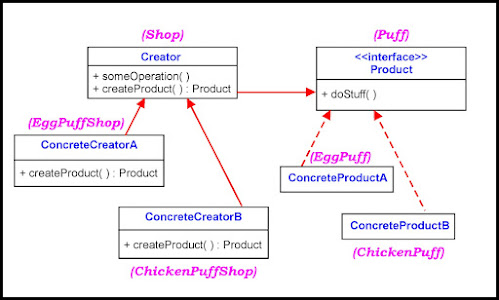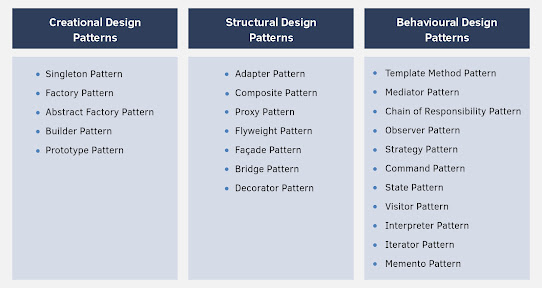Java Singleton Design Pattern (Creational Pattern)

Mastering the Singleton Design Pattern in Java Introduction The Singleton Design Pattern ensures that a class has only one instance and provides a global point of access to that instance. It is part of the creational design patterns and is widely used in scenarios where a single object needs to coordinate actions across the system. Implementing the Singleton Pattern Let's look at a basic implementation of the Singleton pattern. public class Singleton { private static volatile Singleton instance; private String data; private Singleton (String data) { this .data = data; } public static Singleton getInstance (String data) { Singleton result = instance; if (result == null ) { synchronized (Singleton.class) { result = instance; if (result == null ) { instance = result = new Singleton (data); } } } return result; ...


